curated by Maria Chiara Valacchi
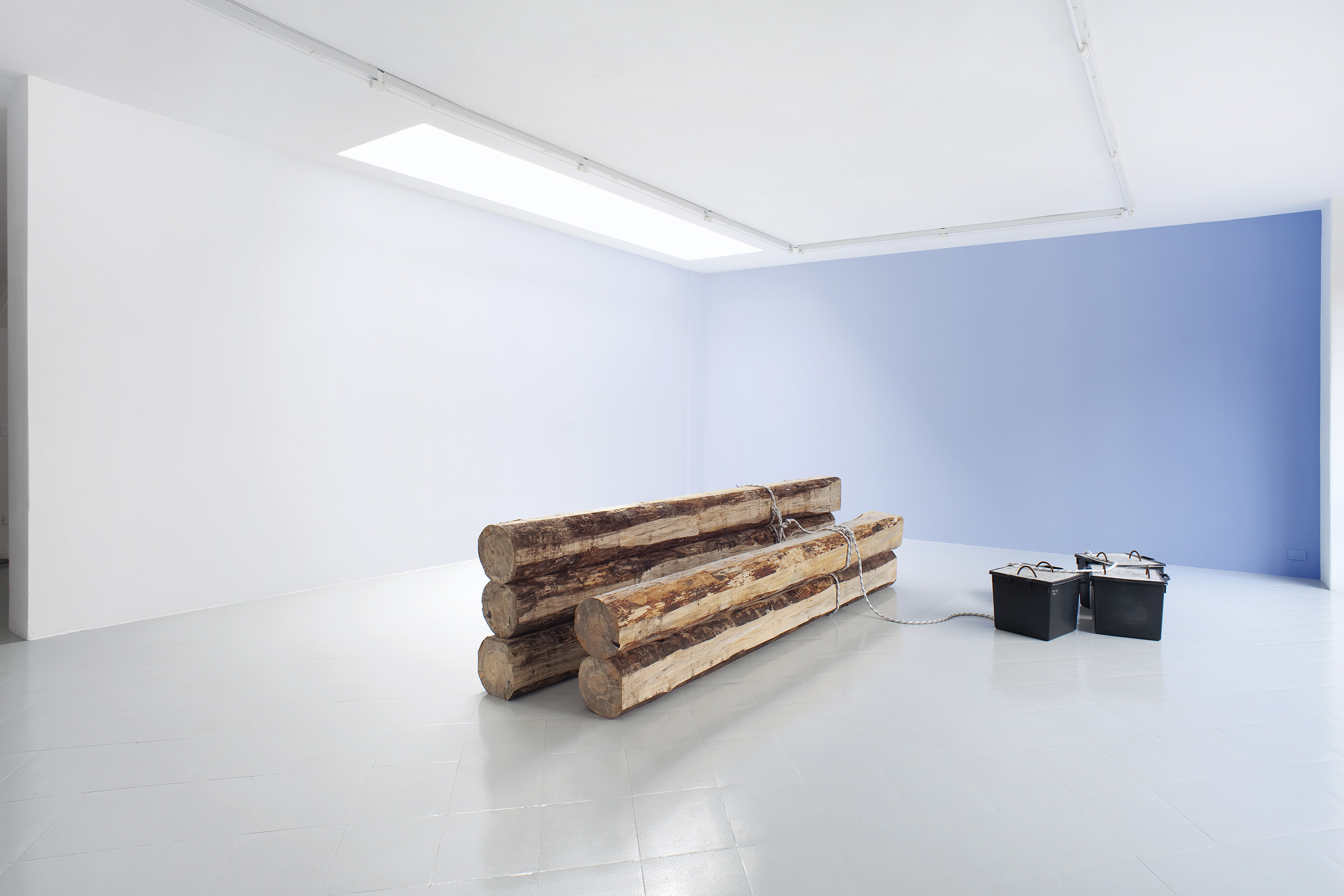
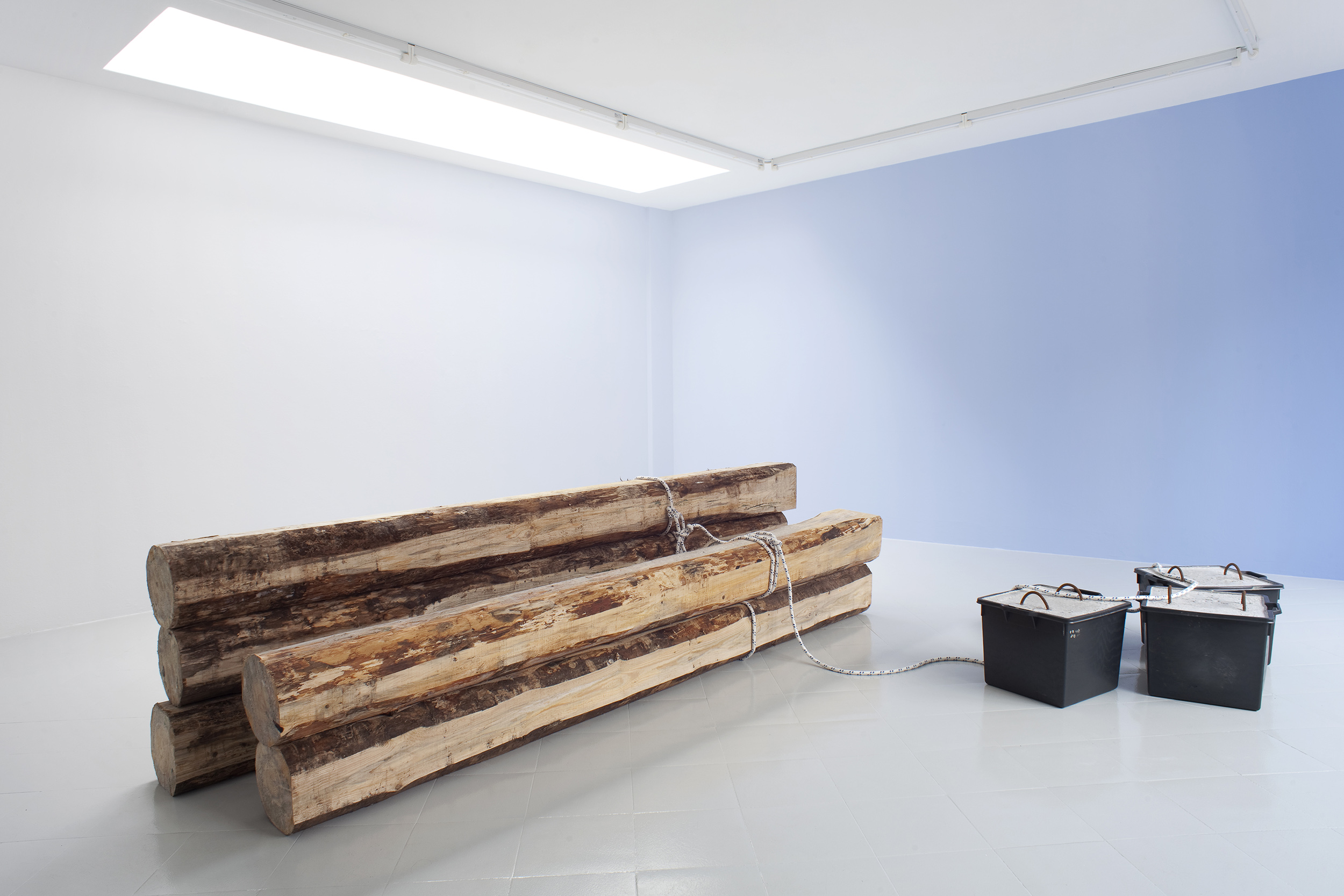
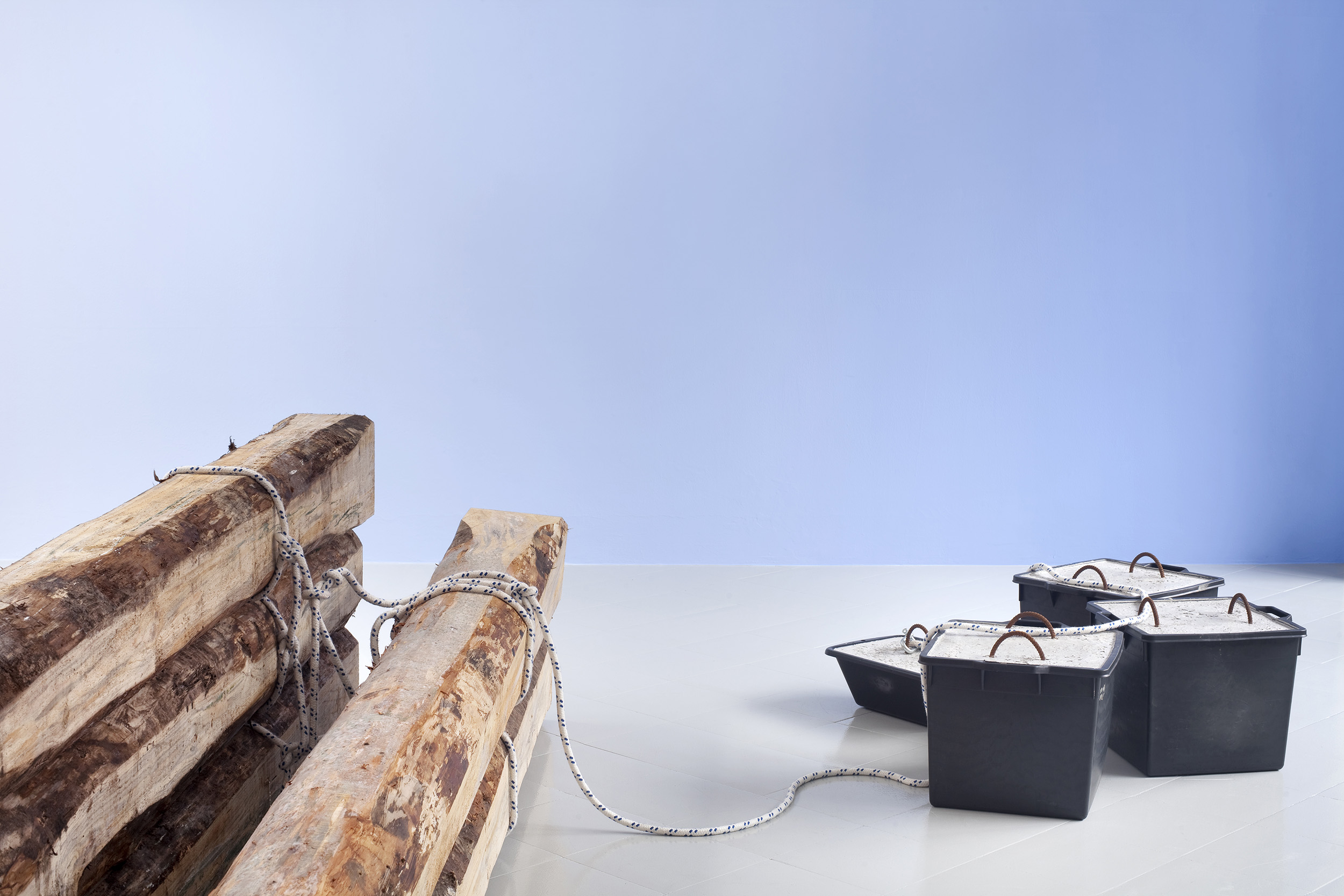
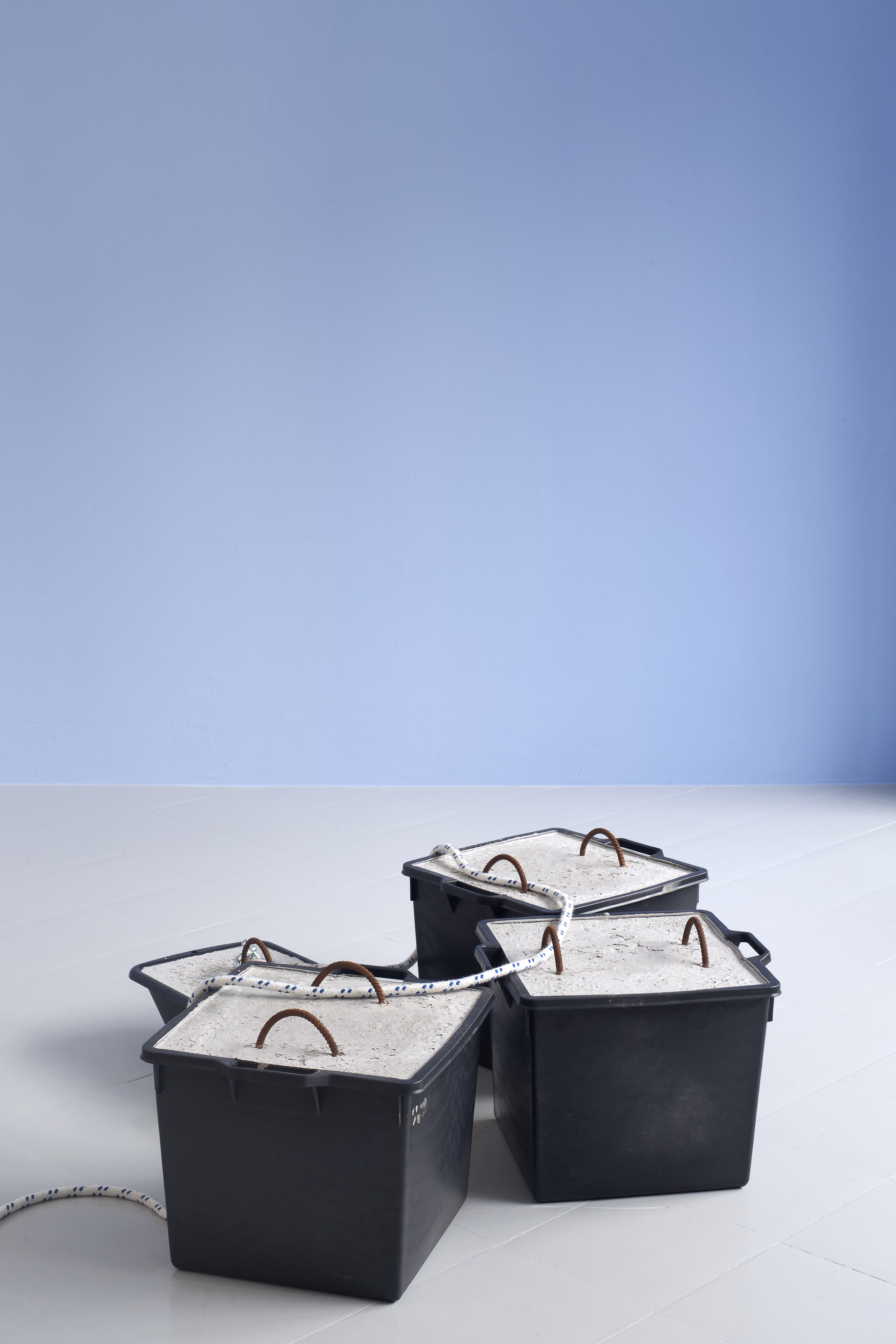
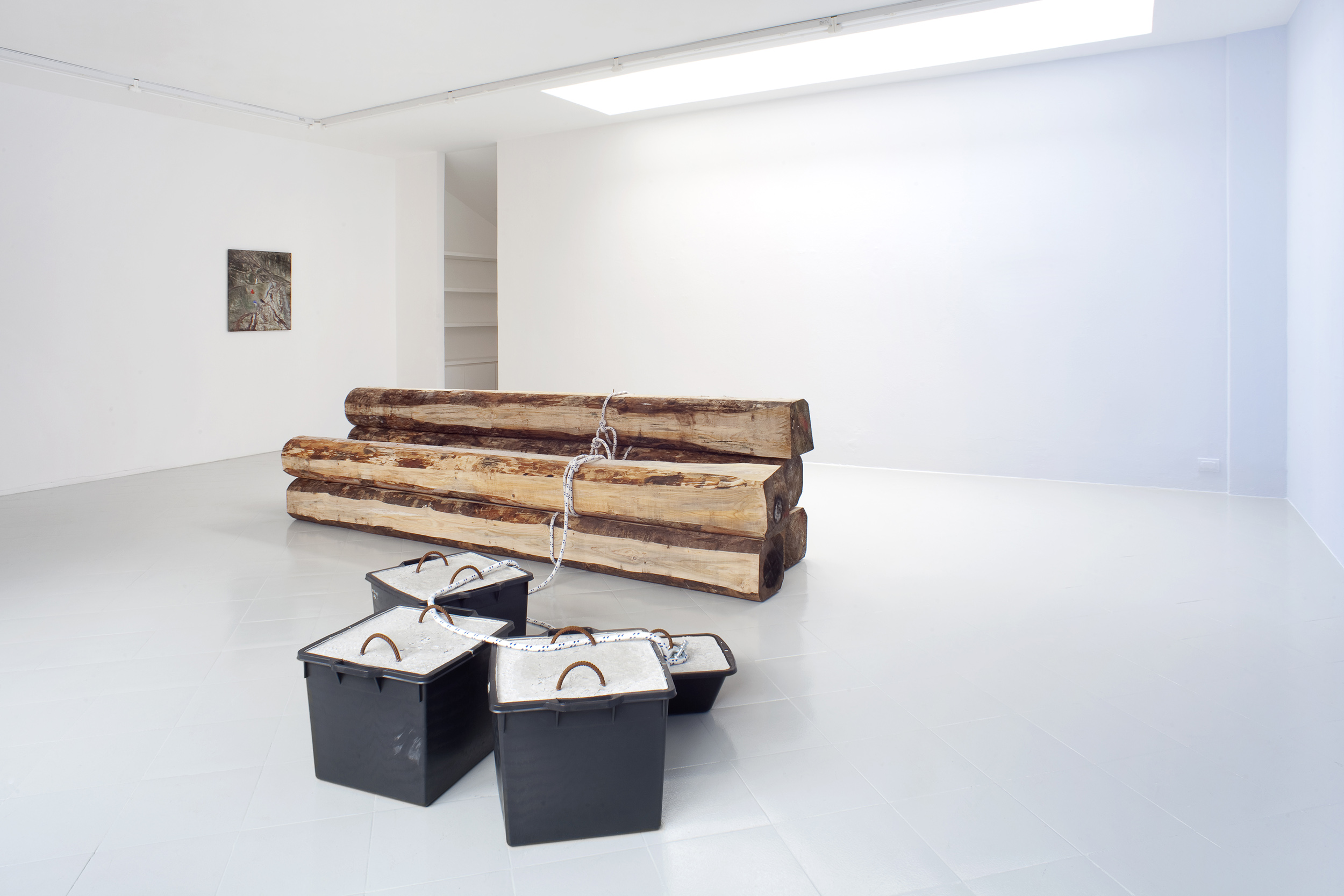
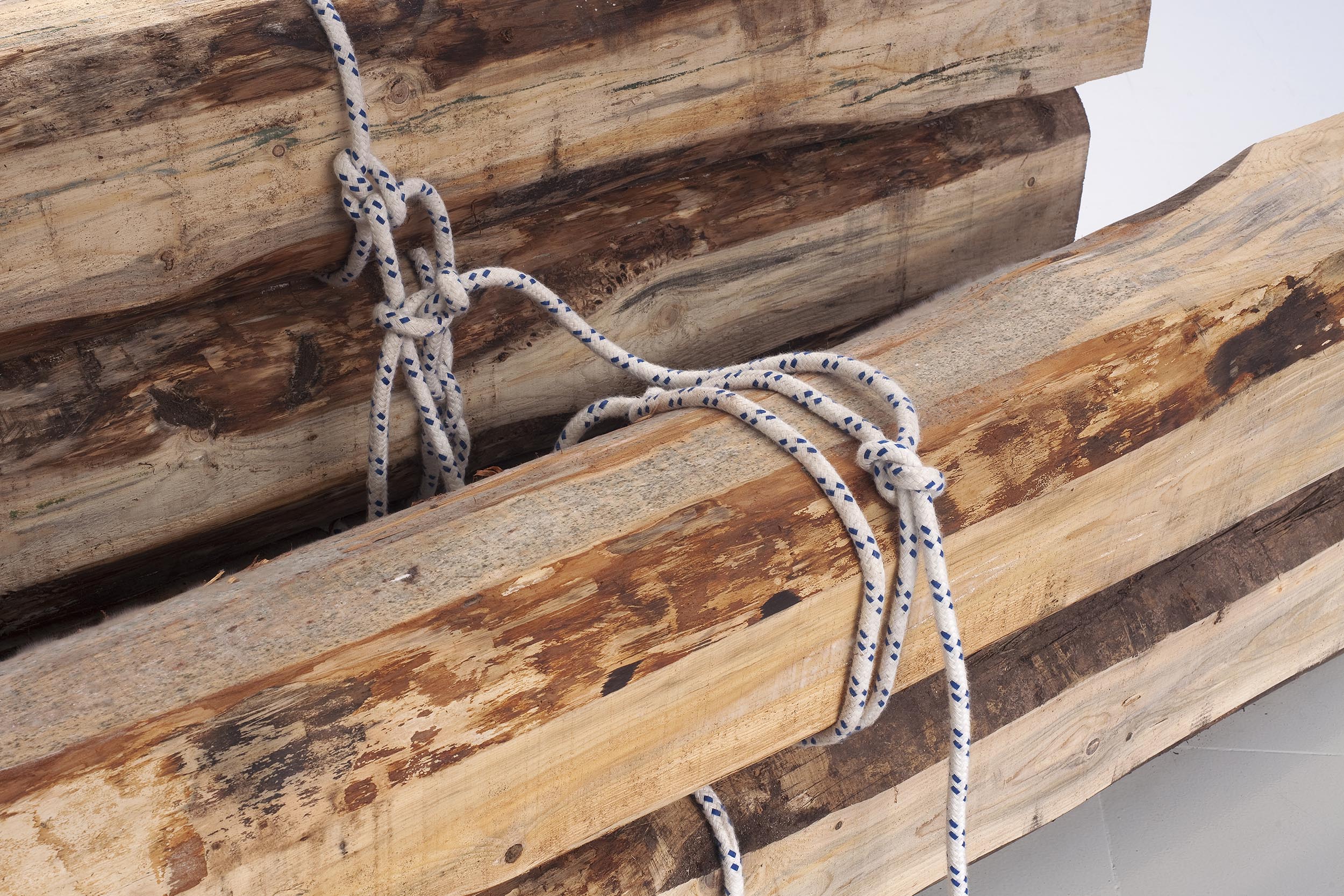
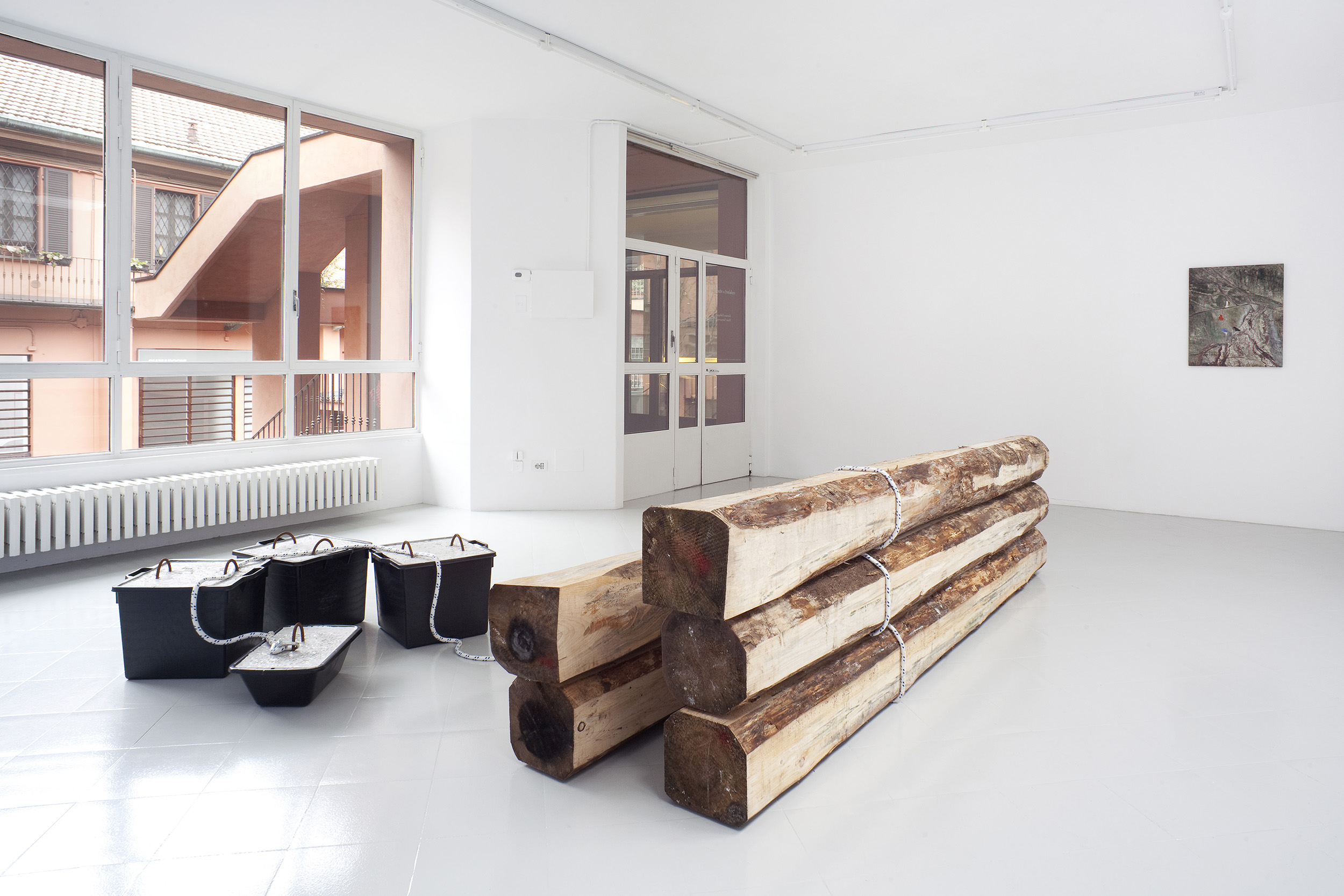
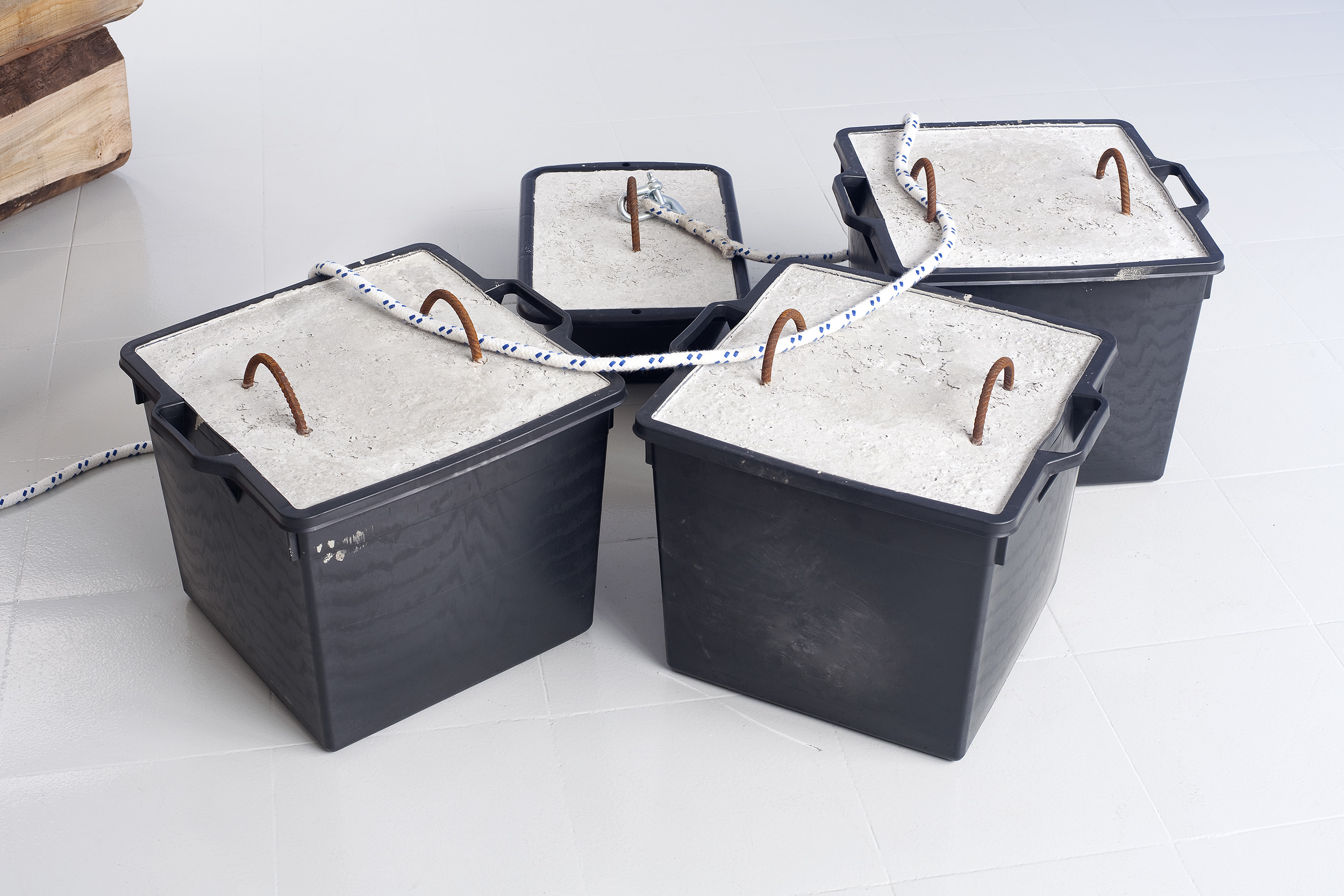
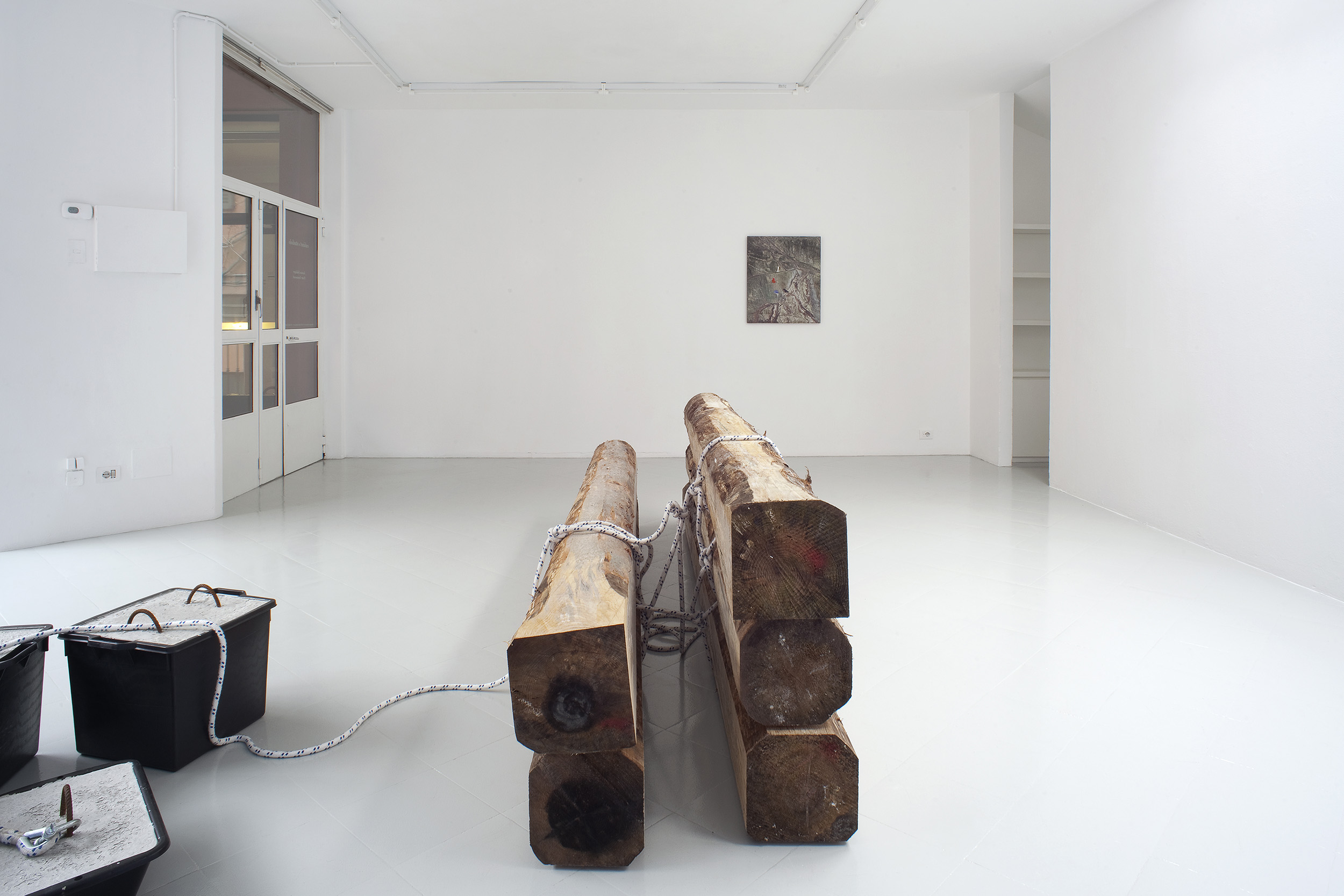
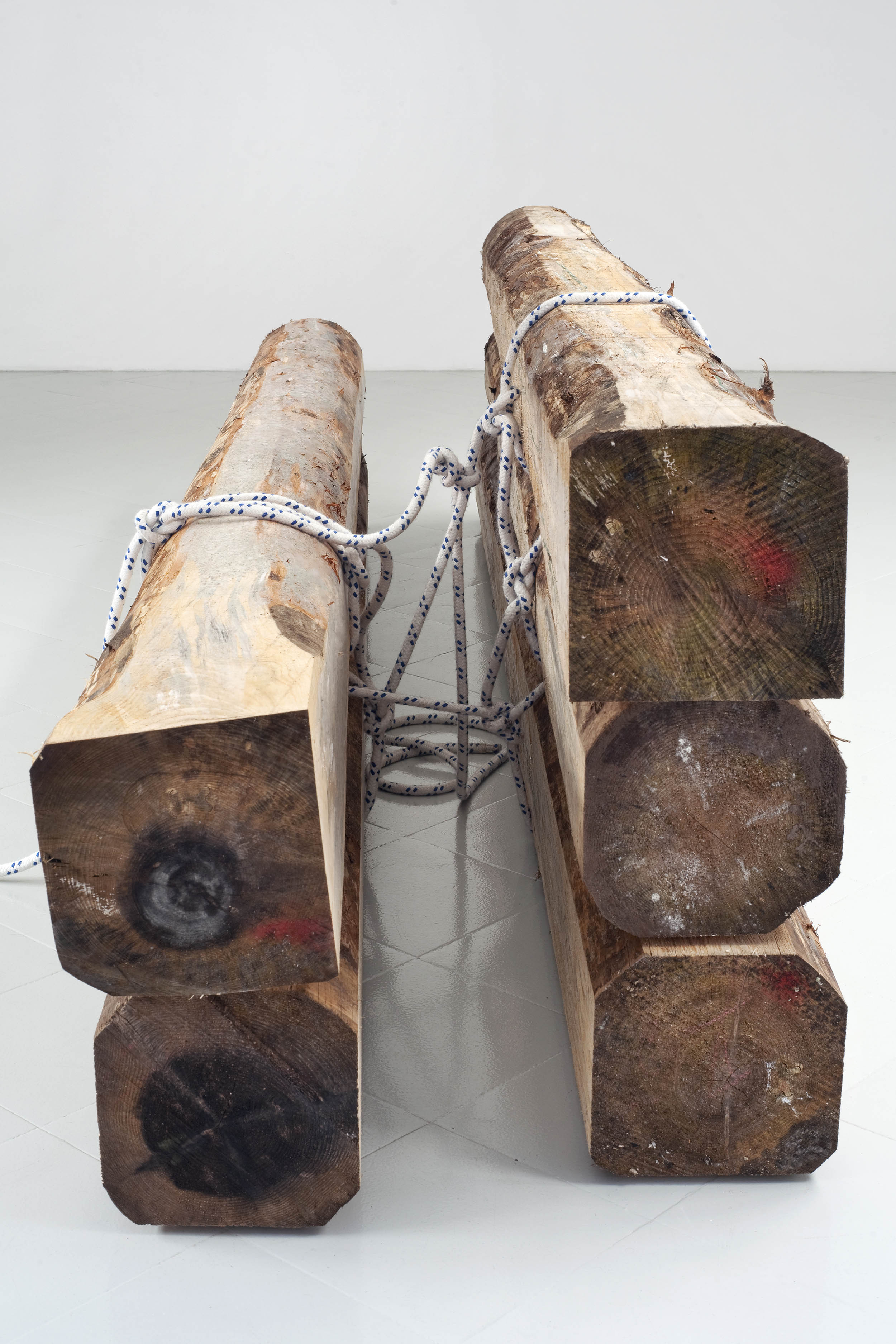
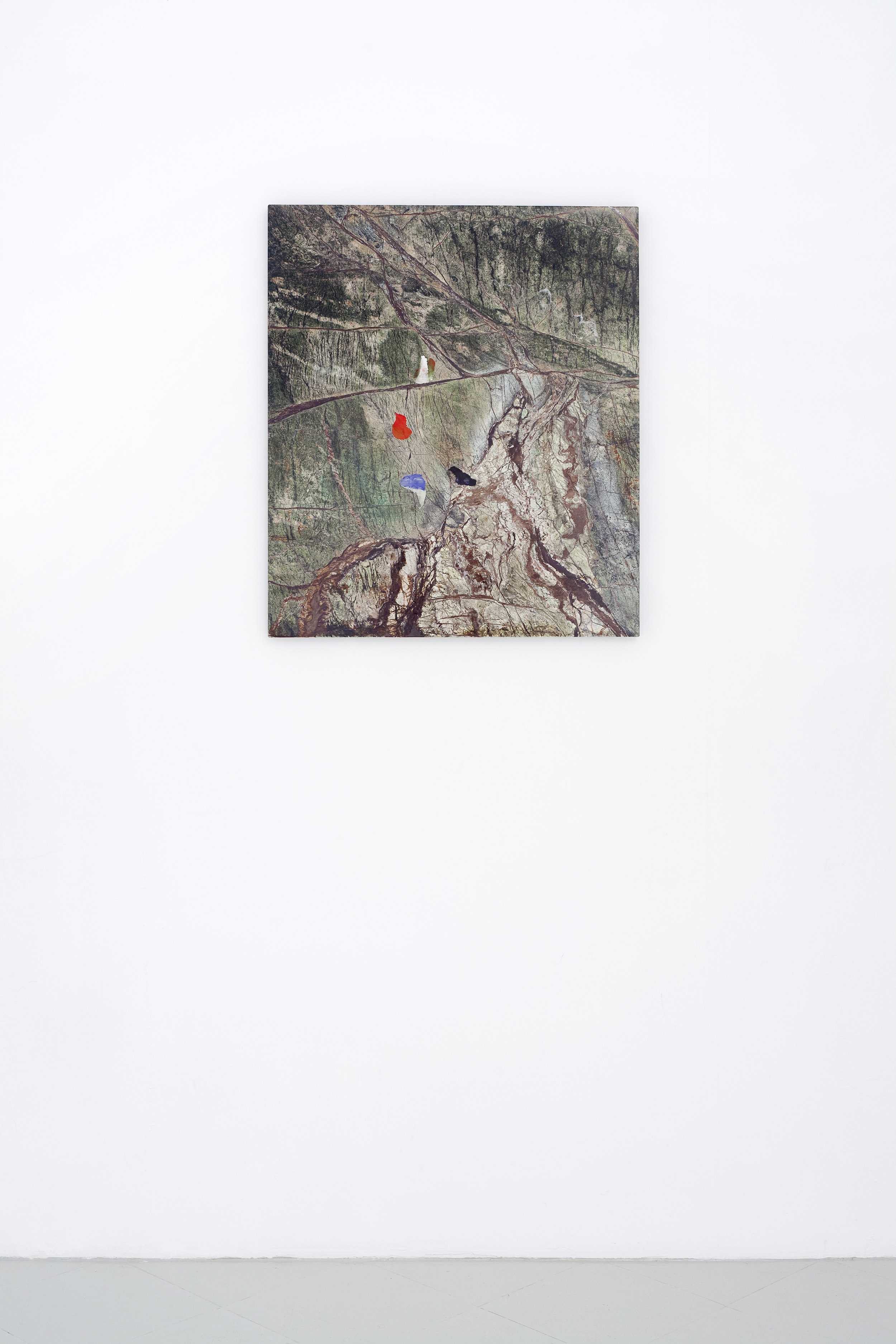
Photo: Filippo Armellin
Che cos’è la Leggerezza? Polverizzazione del reale, assunto impalpabile e soave sorretto dal suo contrario, il peso, come visione di compattezza del mondo. Nel De Rerum Natura di Lucrezio, la Leggerezza non è che una massa di corpuscoli invisibili, atomi dalle deviazioni imprevedibili, poesia dell’imponderabilità del nulla sul tutto.
Il contrappunto tra i due artisti Karsten Födinger e Pieter Vermeersch sembra essere proprio il divario e la sintesi tra i due concetti opposti, ma esso risulta solo un imprinting superficiale che parzializza il concetto fondante del loro lavoro insieme. I due artisti agiscono su un concetto di galleggiamento sensoriale e abbracciano, nonostante l’apparente o concreta ricerca di una perfezione stilistica, l'accidentalità dell’atto compositivo in un confronto diretto con lo spazio vuoto; una variabile altrettanto tangibile come i corpi solidi che vi abiteranno.
Karsten Födinger realizza installazioni atte a reinterpretare i luoghi d’intervento e ridefinire delle tensioni spaziali altrimenti prevedibili e convenzionali; le sue sono opere in ferro, cemento a vista e legno che, basandosi sul paradosso del non finito, impongono una frizione costante tra luogo e fruitore e aprono inedite strade percettive. Per Cabinet, Födinger realizza l’opera “Neutral Buoyancy Lab” abbandonando l’aspetto più squisitamente - brut - del materiale compositivo e suggerendo lo stato di assenza gravitazionale di un corpo. Una catasta di cinque grandi Travi Uso Fiume fluttua ancorata da una serie di “corpi morti” in calcestruzzo; masse e volumi esattamente complementari alla ricerca di un perfetto e concettuale bilanciamento di forze.
Al contrario nel lavoro di Pieter Vermeersch non esiste un punto focale, lo spettatore si perde nella percezione di un’opera impalpabile e cangiante, smarrendo tutte le dinamiche compositive classiche, definite solo da netti tagli grafici. Quella di Vermeersch e’ un approccio alla pittura differente, una pratica spersonalizzata e programmata alla creazione di una nuova oggettività. Nel processo di dissolvenza del colore, di un panorama tonale, Vermeersch aspira ad una demistificazione della Neue Sachlichkeit, un processo oltre la pittura frutto di un calcolato impoverimento della pratica e volto all’esaltazione di un orizzonte filosofico e teorico altro.
Nella esplicitazione di un racconto formale si perde la coscienza di una figurazione definita e il tutto volge ad un’astrazione tangibile fatta solo di impulsi e messaggi immateriali, emblemi di un ininterrotto processo mercuriale.
What is lightness? Pulverization of reality, taken on weightless and pleasing, supported by its opposite, the heft as a vision of compactness of the world. In Lucretius “De Rerum Natura”, the lightness is none other than a mass of invisible particles, atoms with unpredictable change of courses, is the poetry of the unknown of anything on everything.
The counterpoint between the two artists, Karsten Födinger and Pieter Vermeersch, seems to be precisely the gap and the synthesis between the two opposing concepts, but it’s only a superficial imprinting that cripples the underlying concept of their work together. The two artists act on a concept of floating sensory and they both grab, even though the apparent and real research for a stylistic perfection, the accidental nature of the compositive action in a focused discussion with the empty space; the real variable as the solid bodies that occupys it.
Karsten Födinger creates installations designed to reinterpret the places of intervention and redefine the spatial tensions otherwise predictable and conventional; his works are made by iron, concrete and wood, everything based on the paradox of the unfinished, requiring a constant friction between the place and the way of perception. For Cabinet, Födinger seems to give up the most exquisitely - brut - material composition, suggesting the absence of a gravitational body. A heap made of five large river beams floats anchored by a series of "dead bodies" of concrete; the mass and the volume are exactly complementary to the research for a perfect and conceptual balance of the forces.
On the contrary, in Pieter Vermeersch’s work there is no focal point, the viewer get lost in the perception of an impalpable and shimmering work, losing all the classic dynamics of composition, which are well-defined only by a graphic clear cut. Vermeersch has a different method of painting, an anonymize and projected practice of the creation of a new objectivity. During the process of the color fading, of the tonal view, Vermeersch aspires to a demystification of the Neue Sachlichkeit, a process that goes beyond painting, it’s the figment of a calculated practice of depletion, that turn towards an other philosophical and theoretical horizon.
In the explanation of a formal tale, everything lose the consciousness of the defined impression and everything comes to an abstraction made only by concrete pulse and trascendent messages, they are all symbols of a continious mercurial process.
-
Karsten Födinger bio
Mönchengladbach 1978. Lives and works in Berlin
Selected Solo Exhibitions: 2014 Kernig, SOX, Berlin, Domestic Wildcards, RaebervonStenglin, Zürich; 2013 Struttin', Kunstforum Baloise, Basel, Collection display: 14. Baloise Art Prize, Galerie der Gegenwart, Hamburger Kunsthalle, Hamburg; 2012 Void, KIOSK, Gent, Angsteisen, RaebervonStenglin, Zürich, C30/37; XD1, XF2, Kunst Halle Sankt Gallen, St. Gallen; 2011 Cantilever, Palais de Tokyo, Paris; 2010 RaebervonStenglin, Zürich; 2009 stare - Karsten Födinger, projektraum4, Mannheim; 2008 luxe paarden in actie: exhibition in personal space, Maastricht
Pieter Vermeersch bio
Kortrijk 1973. Lives and works in Brussels
Selected Solo Exhibitions: 2015 Galerie Perrotin, Hong Kong; 2014 Team Gallery, New York; 2013 ProjecteSD, Barcelona, Galerie Perrotin, Paris; 2012 Appartement Elisa Platteau, Brussels, Galerie Elisa Platteau & Cie, Brussels; 2001 Be-Part, Waregem, Londonewcastle Project Space, London, Carl Freedman Gallery, London; 2010 ING Project Space, Art Brussels 2010, Brussels, Elisa Platteau Galerie, Brussels, Ensorhuis, Oostende; 2009 Carl Freedman Gallery, London, White Box, New York, Galerie Les filles du calvaire – Project Room, Brussels